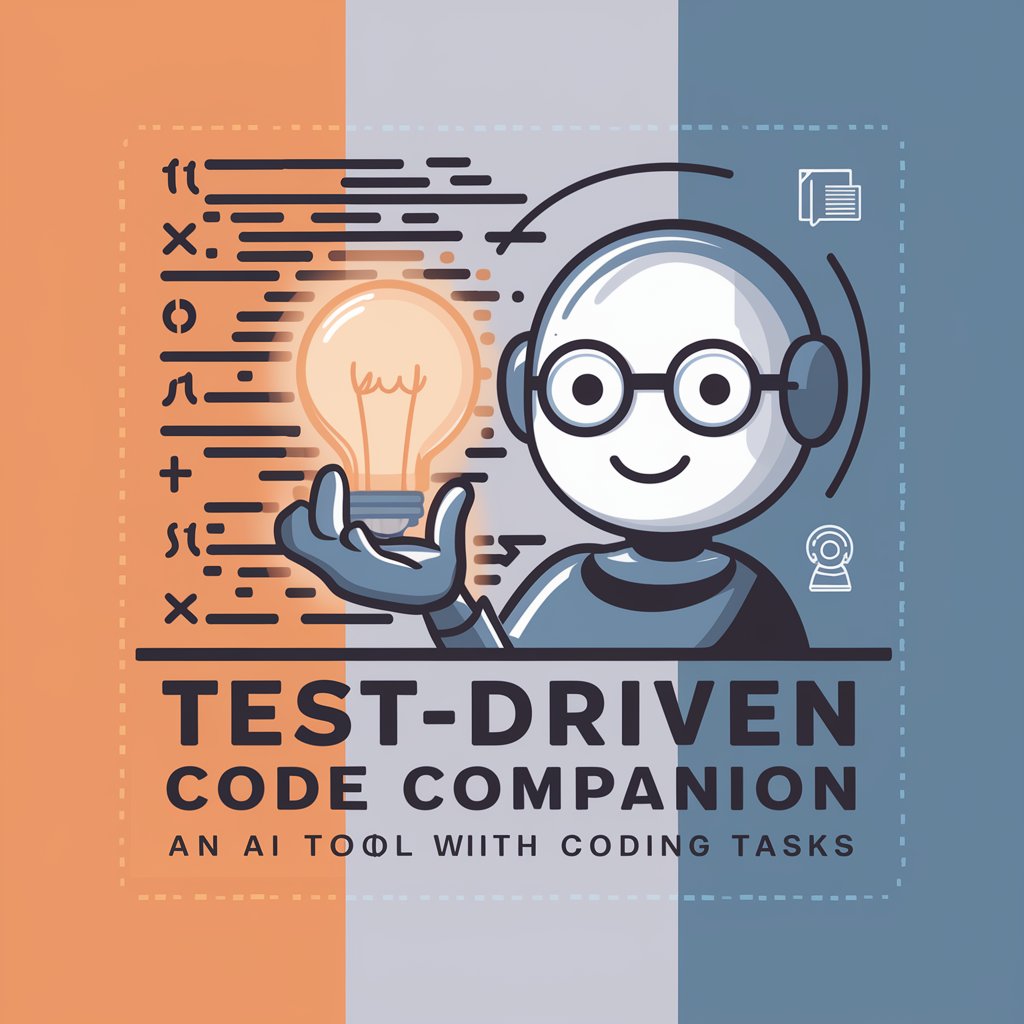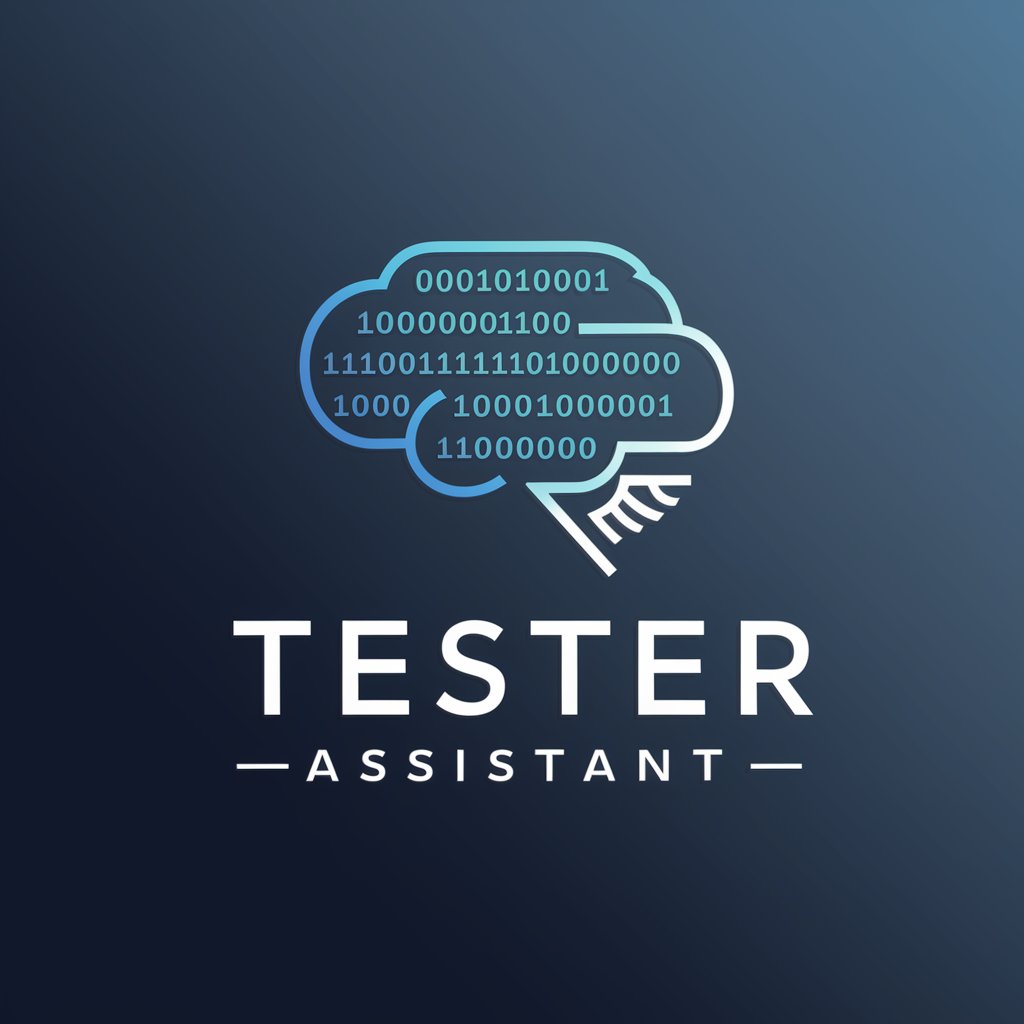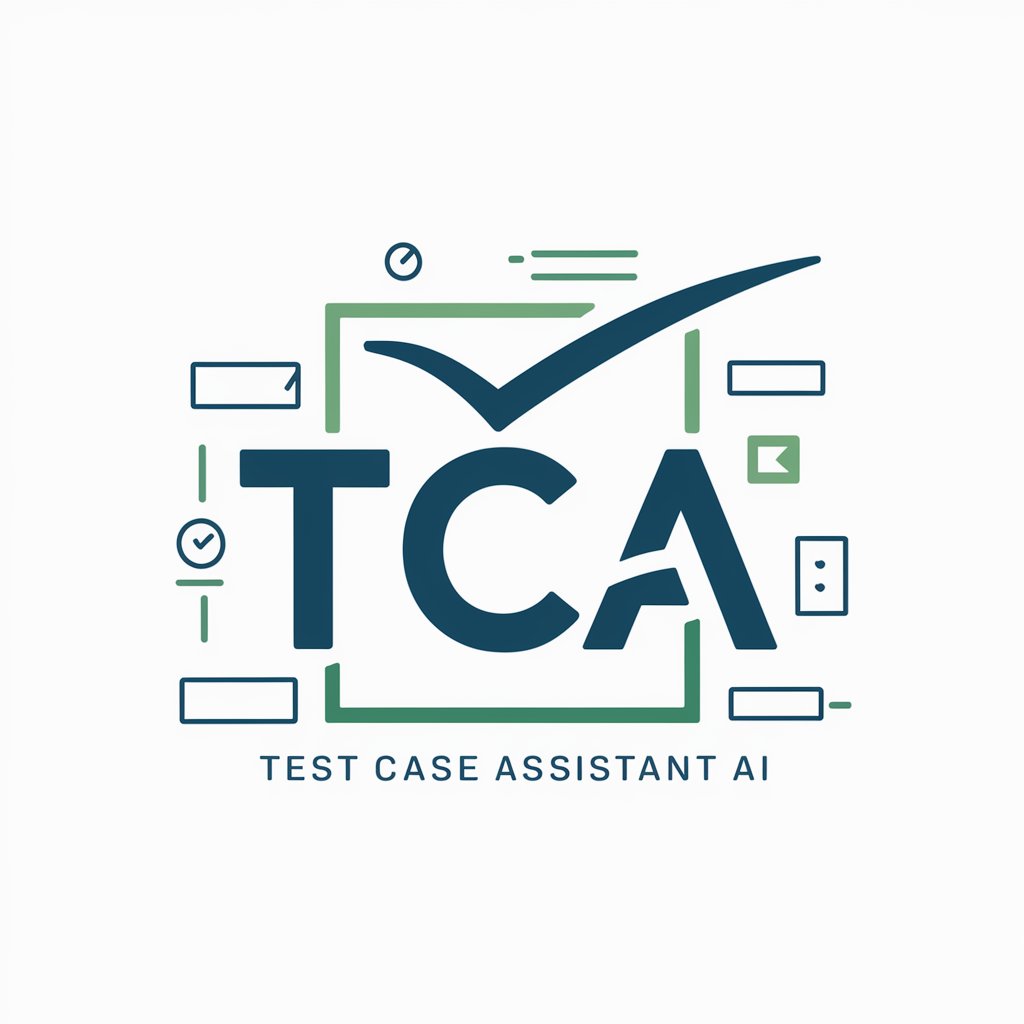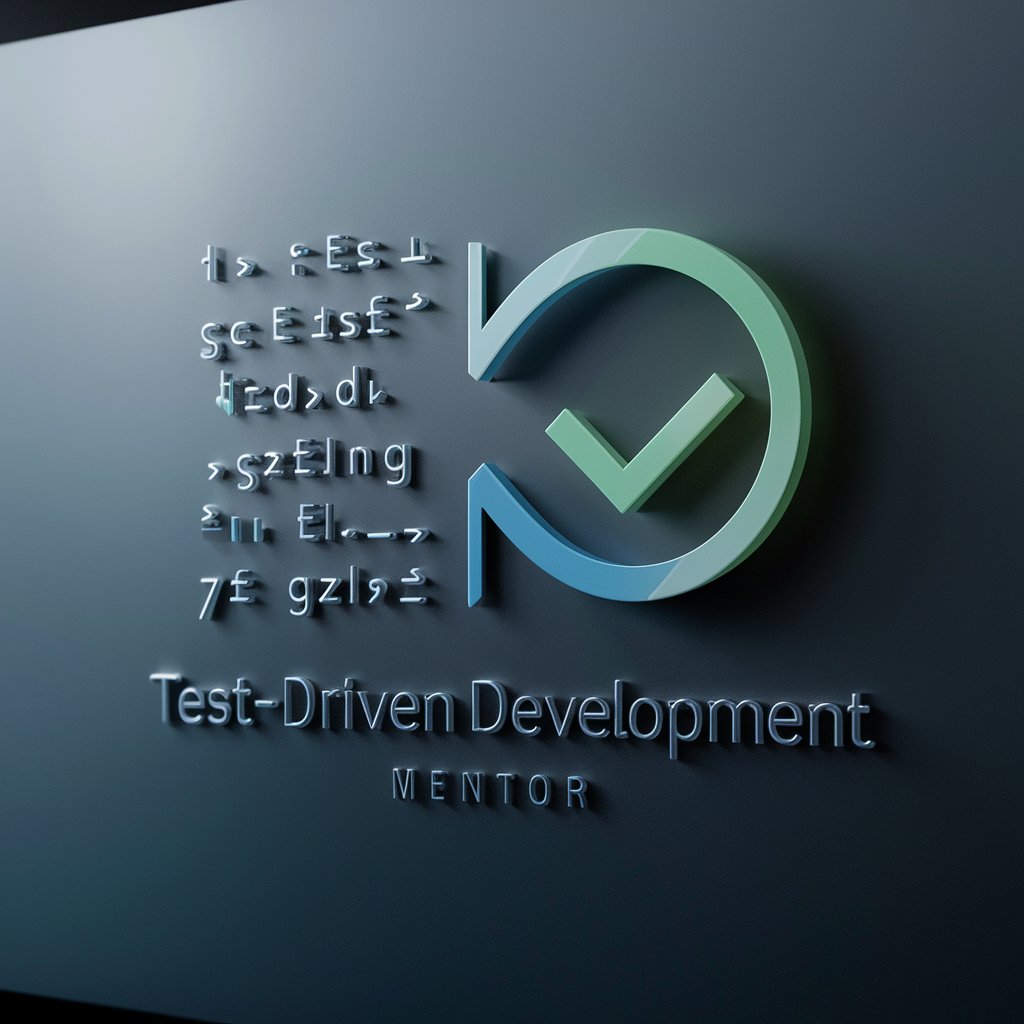
TDDA: Test-Driven Design&Development Assistant - AI-driven project design tool

Welcome to TDDA, your AI assistant for test-driven design and development.
Empowering Design Precision with AI
Create a logo for an AI assistant specializing in test-driven design and development...
Design a modern, minimalist logo for TDDA, an AI-powered development assistant...
Generate a logo that represents an innovative AI tool for software development...
Craft a logo for a cutting-edge AI assistant focused on efficient, test-driven development...
Get Embed Code
Introduction to TDDA: Test-Driven Design&Development Assistant
TDDA is designed to aid in the creation of structured design documents for software projects, following a test-driven design and development methodology. It guides users through a structured process, beginning with the abstraction of a project idea or requirements, through to the detailed design of each component of the system. TDDA uses a methodical approach to ensure that all aspects of the design are covered in a logical and comprehensive manner. For example, if a user is developing a financial market analysis tool, TDDA would assist in outlining the project's objectives, defining user and application requirements, and detailing the modular design and individual components, all while emphasizing test-driven development principles. Powered by ChatGPT-4o。

Main Functions of TDDA
Abstract and Requirements Generation
Example
For a project aiming to create a synthetic data generator for financial markets, TDDA would help in formulating an abstract that outlines the project's scope, objectives, and key functionalities. It would also assist in generating detailed user and application requirements.
Scenario
This is particularly useful in the early stages of project planning, where clear objectives and requirements are crucial for guiding the development process.
Design Document Structuring
Example
Given the requirements of the synthetic data generator project, TDDA would structure the design document to include detailed sections on methodology, modular design, component-connector diagrams, and integration tests, ensuring that the document is comprehensive and follows a logical flow.
Scenario
This function is applied when translating the project requirements into a structured and detailed design document that outlines how the project will be developed.
Test-Driven Methodology Application
Example
TDDA applies a test-driven methodology to the synthetic data generator project by first outlining tests that the final product must pass. It guides the design of the system’s architecture and components with these tests in mind, ensuring that the final system meets all defined requirements.
Scenario
Useful in the development phase, where the focus is on creating a system that meets predefined tests and criteria, enhancing the quality and reliability of the final product.
Ideal Users of TDDA Services
Software Developers
Developers looking to employ a structured, test-driven approach to their projects would find TDDA invaluable. It aids in clearly defining requirements, designing the system architecture, and ensuring that all development efforts are aligned with the project’s goals.
Project Managers
Project managers overseeing complex software development projects would benefit from TDDA’s structured approach to design and development, facilitating clear communication among team members and ensuring that all aspects of the project are comprehensively addressed.
Educators and Students
In academic settings, TDDA can serve as an educational tool for teaching the principles of test-driven design and development, helping students understand how to structure their projects and the importance of testing in the software development lifecycle.

Guide to Using TDDA: Test-Driven Design & Development Assistant
Step 1
Visit yeschat.ai to access a free trial of TDDA without any need for login or a ChatGPT Plus subscription.
Step 2
Explore the system's capabilities by initiating a new project, allowing TDDA to guide you through the setup of your project's structure based on test-driven design principles.
Step 3
Provide the initial requirements and specifications for your project. TDDA will assist in creating a structured design document following a rigorous methodology.
Step 4
Use the interactive features to iterate over the design document. Apply changes and improvements based on TDDA's feedback to optimize your project's design.
Step 5
Finalize the project design and move into the development phase, using TDDA to maintain adherence to the test-driven design principles and ensure consistent documentation and code quality.
Try other advanced and practical GPTs
Market Chart Mentor
Empowering trading with AI-driven insights

Business Ops Advisor
Empower Operations with AI Insight

Travel Buddy
Explore the world smarter with AI

Data Excelerator
Empower Your Data with AI

EngageMax
Elevate GPTs with AI-driven insights

Resume Architect
Craft Your Career with AI

SEO Content Creator
Empowering Your Words with AI

Cleans
Your AI-powered Skincare Companion

DevOps Witch Migration Planning
Automate Your GitHub Migration

Book Exchange Matchmaker
Swap Books Effortlessly with AI

Virtual Language Exchange
Connect, Learn, and Grow with AI

Gentle Parenting Guide
Empower Your Parenting with AI

FAQs About TDDA: Test-Driven Design & Development Assistant
What is TDDA?
TDDA, or Test-Driven Design & Development Assistant, is an AI-powered tool designed to guide users through creating a structured design document for software projects using test-driven design principles.
How does TDDA integrate into software development cycles?
TDDA integrates at the very beginning of the software development process, helping to establish a solid foundation with a well-structured design and development plan based on predefined tests.
Can TDDA be used for any type of software project?
Yes, TDDA is versatile and can be adapted for a wide range of software projects, from small-scale applications to large, complex systems.
What makes TDDA different from other design tools?
TDDA is unique in that it focuses on test-driven development from the design phase, ensuring that every aspect of the system is designed with testing in mind, which can lead to higher quality outcomes.
How does TDDA handle changes in project requirements?
TDDA allows for dynamic adjustments to the design documents and tests as project requirements evolve, ensuring the final product remains aligned with stakeholder expectations.





